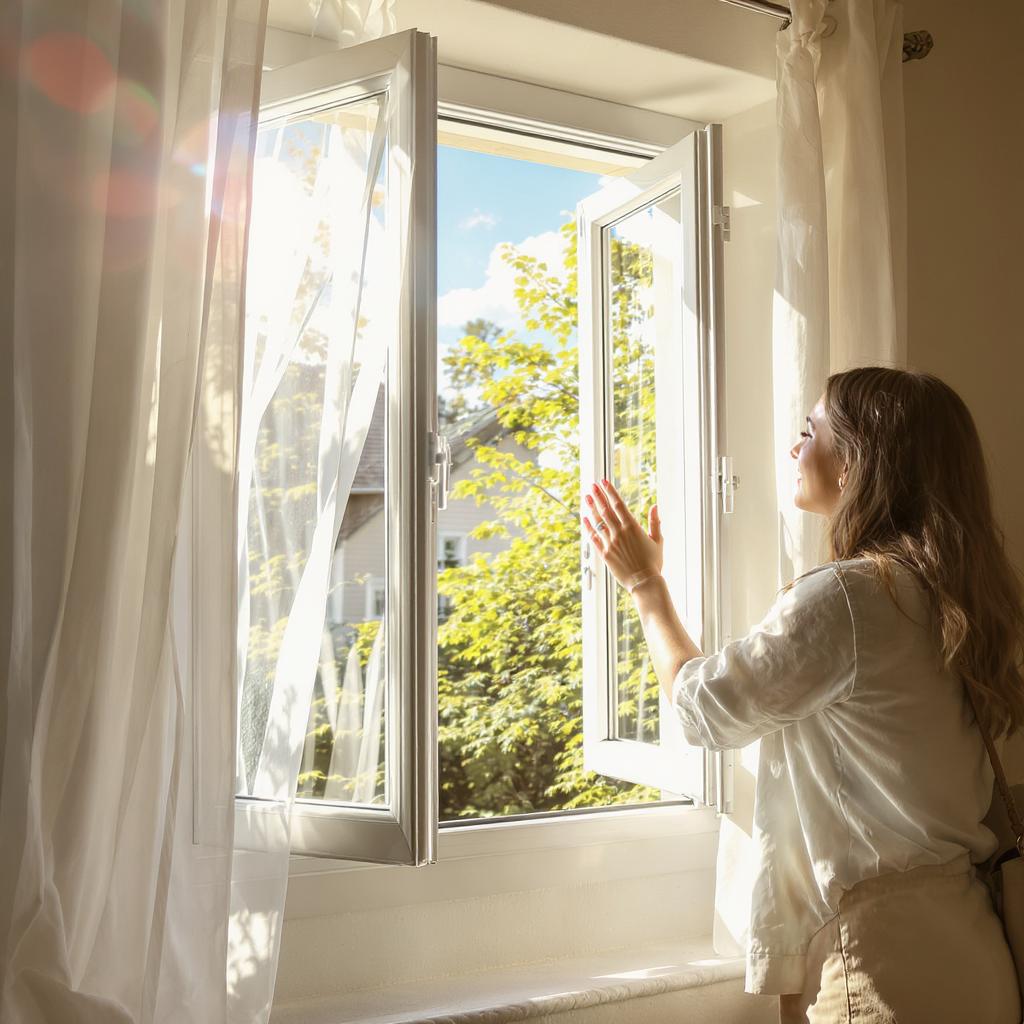The summer season significantly affects both the performance of buildings and the comfort of their occupants. Rising temperatures and increased levels of environmental noise create new demands for both private living spaces and public buildings. During this period, the need for comfort in buildings goes beyond cooling systems; controlling sound surfaces and maintaining acoustic balance also become crucial factors.
The heat and noise intensity brought on by summer highlight the necessity for more integrated solutions in building design. Creating an indoor environment that is both cool and quiet not only ensures physical comfort but also has a direct impact on psychological well-being.
The Concept of Comfort Is Evolving in Summer
Staying cool indoors is no longer just a matter of energy consumption; it is also directly related to reducing indoor noise and preserving mental well-being. Considering that windows are opened more frequently during summer and semi-open spaces such as balconies and terraces are used more intensively, the impact of outdoor noise on quality of life becomes even more noticeable.
In this context, thermal insulation prevents hot air from entering the building, allowing cooling systems to operate more efficiently with less energy consumption; meanwhile, acoustic insulation helps reduce unwanted noise coming from outside or within the building. In other words, cool and quiet spaces are not conflicting concepts—on the contrary, they are complementary comfort components that should be considered together.
Versatility Takes Center Stage in Material Selection
In modern building projects, insulation materials are now expected to deliver multi-layered performance. Materials that provide both thermal and acoustic control have become essential for enhancing quality of life within buildings. At the same time, construction systems that contribute to energy efficiency, reduce carbon footprint, and align with sustainability goals are increasingly being prioritized.
Especially in densely urbanized areas, high-performance insulation systems have become essential not only to protect against summer heat but also to mitigate noise from traffic, construction, and crowded public spaces. These systems directly impact user satisfaction not just in residential buildings, but also in hotels, schools, hospitals, and office spaces.
International green building certifications such as LEED and BREEAM also emphasize this necessity. Systems made from recyclable materials that enhance building performance provide optimal comfort not only in summer but throughout the year. Moreover, these materials contribute not only to energy savings but also to a broader sense of environmental responsibility.
Scientific Observations and Recommendations
The impact of thermal and acoustic insulation on building comfort is supported not only by observation but also by scientific research and professional reports. Data published by national and international organizations clearly demonstrate the contributions of these two factors to user satisfaction, energy efficiency, and sustainability.
Some key findings in this context include:
• Reports published by the Republic of Türkiye Ministry of Environment, Urbanization and Climate Change indicate that insulation improvements can lead to energy savings of up to 40% in buildings. (Source: enerji.gov.tr)
• In the technical publications of the Chamber of Mechanical Engineers (TMMOB), the impact of acoustic insulation is addressed not only in terms of hearing health but also in relation to work efficiency and psychological comfort. It has been scientifically proven that noise pollution negatively affects sleep quality, stress levels, and concentration.
• The Green Building and LEED Core Concepts Guide prepared by the U.S. Green Building Council highlights the importance of incorporating acoustic comfort into green building rating systems. It emphasizes that this is not a luxury, but a fundamental necessity.
Enhancing buildings to be more resistant to heat and noise during the summer months requires increased awareness of insulation technologies. This is not only about adapting to current conditions, but also about planning for the sustainable, healthy, and livable buildings of the future.
A well-designed building not only keeps the summer heat out but also preserves indoor quietness. With the right choice of materials, effective architectural design, and conscious implementation, a cool and peaceful life is possible even in the hottest months. By considering thermal and acoustic insulation together, the goal is to create a higher quality and more sustainable urban environment.
References:
Republic of Türkiye Ministry of Energy and Natural Resources, Energy Efficiency Reports
TMMOB Publications, Acoustic Insulation and Mechanical Systems Report
ASHRAE Handbook, Fundamentals Volume, 2021 Edition
Green Building and LEED Core Concepts Guide, U.S. Green Building Council
Republic of Türkiye Ministry of Environment, Urbanization and Climate Change, Energy Efficiency Guidelines for the Construction Sector
World Health Organization (WHO), Reports on Environmental Noise and Health Effects

.jpg)
Recent Blog Posts
